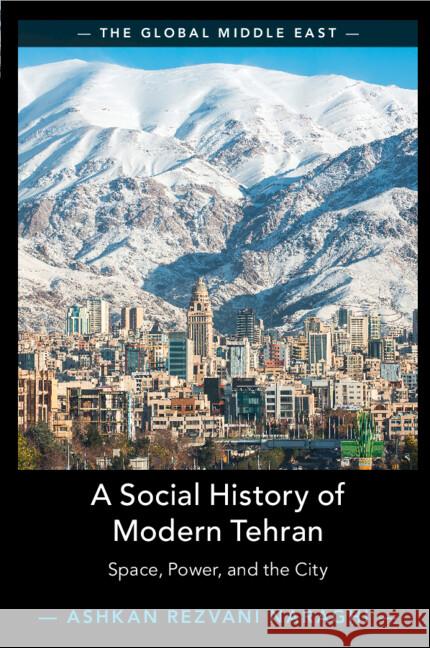topmenu
Wyniki wyszukiwania:
wyszukanych pozycji: 2
 |
A Social History of Modern Tehran: Space, Power, and the City
ISBN: 9781009188890 / Angielski / Twarda / 2023 / 384 str. Termin realizacji zamówienia: ok. 22 dni roboczych. |
cena:
439,79 |
 |
A Social History of Modern Tehran
ISBN: 9781009188913 / Angielski / Miękka / 2025 / 488 str. Termin realizacji zamówienia: ok. 22 dni roboczych. |
cena:
144,61 |










